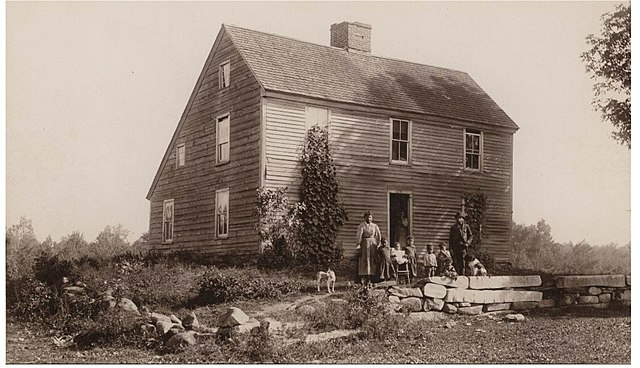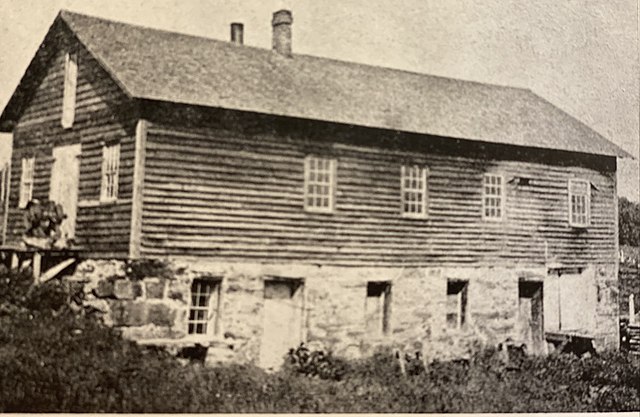"John Brown's Body" is a United States marching song about the abolitionist John Brown. The song was popular in the Union during the American Civil War. The song arose out of the folk hymn tradition of the American camp meeting movement of the late 18th and early 19th century. According to an 1889 account, the original John Brown lyrics were a collective effort by a group of Union soldiers who were referring both to the famous John Brown and also, humorously, to a Sergeant John Brown of their own battalion. Various other authors have published additional verses or claimed credit for originating the John Brown lyrics and tune.
Original publication of the text of the "John Brown Song" in 1861
Cover of an 1861 sheet music score for "John Brown's Song"
Sheet music for "Brave McClellan is Our Leader Now", with words by Mrs. M.A. Kidder, set to the Glory Hallelujah tune and also including "the famous John Brown's song", 1862
Black soldiers, led by white officers, singing "John Brown's Body" as they march into Charleston, South Carolina, in February 1865
John Brown (abolitionist)
John Brown was a prominent leader in the American abolitionist movement in the decades preceding the Civil War. First reaching national prominence in the 1850s for his radical abolitionism and fighting in Bleeding Kansas, Brown was captured, tried, and executed by the Commonwealth of Virginia for a raid and incitement of a slave rebellion at Harpers Ferry in 1859.
Brown in a photograph by Augustus Washington, c. 1846–1847
The house in which Brown was born, in Torrington, Connecticut, was photographed in 1896 and destroyed by fire in 1918.
John Brown's Tannery, in 1885
Mary Ann Brown (née Day), wife of John Brown, married in 1833, with Annie (left) and Sarah (right) in 1851








